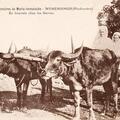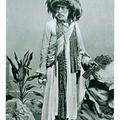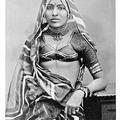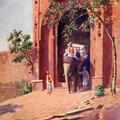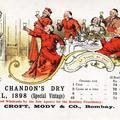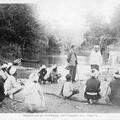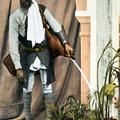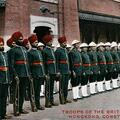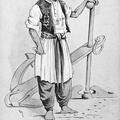Missionary Catechists of Mary Immaculate Mymensingh Hindustan On Tour at the Home of the Garros
Many of the very few postcards of Bangladesh from pre-Partition times are by Catholic missionaries in Mymensingh in particular, here shown incongruously on a bullock cart.
[Original French title] Catechistes Missionnaires de Marie Immaculee -

